“If you’re terrified that you’re never going to have another idea, it makes you think, How did I have previous ideas? So you pay attention to the conversations, the walks, the writing, the drawing, the models, the prototypes—all that helped you before.” – Jony Ive
Minimalism in design
A guiding principle
Minimalist design can be expressed in many forms. It can be almost anything we use. The difference between art and design is simple: design needs to work—art does not.
Minimalism in the design sense is a way to express a function with as little design as possible. It exposes the essence in order to communicate the value, while carefully balancing form and function.
This area is one that focuses predominantly on aesthetics, simplicity, and usability. Whether it’s a website, a hotel, a smartphone, a chair, a watch, a bicycle, or a vase—it all falls under Minimalism in Design and with varying degrees of extremities. Of course, as this is such a broad term, the value, functionality, and usability of design can vary wildly too. Some design leans more towards form, others towards function. Either way, it does not make one design inferior to the other by default. Rather, that is determined by details that comprise a design. For example, consider a piece of furniture—a quality product will be determined by the choice of material, how it’s sourced, its environmental impact, and its build and production process. A digital example might be a website build—many sites may appear minimal on the surface, but a high quality minimal site will also be coded well, with as few scripts (and network requests) as possible, will be heavily optimized, and organized in a readable way, resulting in performant and easily maintainable design.
Read more on understanding minimalism
01 – Shaping minimalist design
Discover some exemplary cross-discipline creators:
A G Fronzoni (graphic design)
Naoto Fukasawa (industrial design)
Dieter Rams (industrial design)
Eero Aarnio (furniture)
CW&T (industrial design)
John Pawson (architecture)
02 – Objects of interest
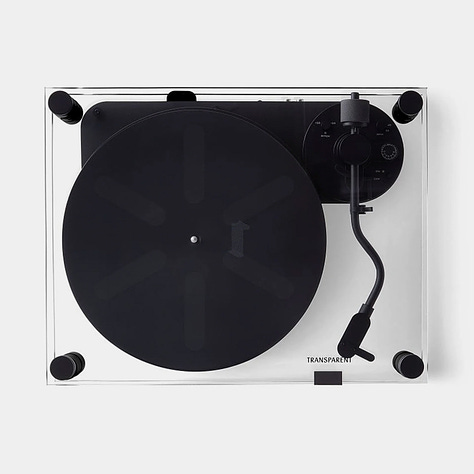
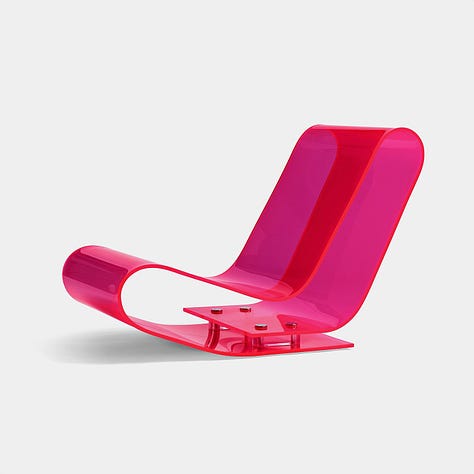
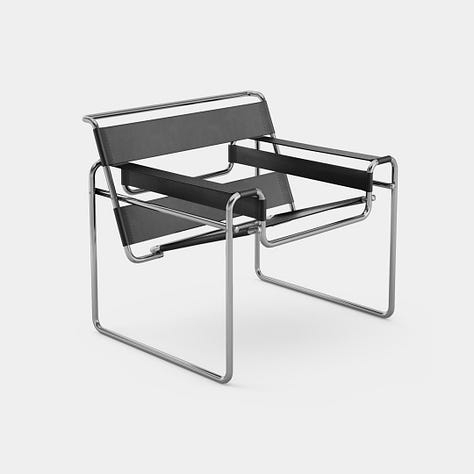
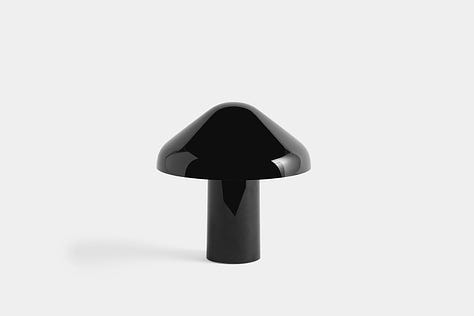

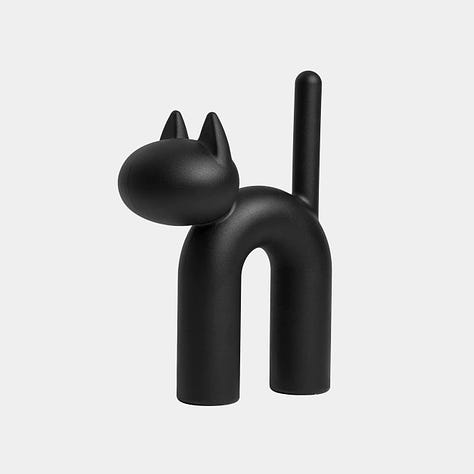
03 – Brands anchored by simplicity and sustainability
Minimalism can be about frugality and owning less, but it can also be about supporting ethical brands with sustainability at their core (less but better). Here’s several that you might be interested learning more about.
Pedestal: Minimal stands for your screens
Nordic Knots: Rugs inspired by the beauty of the Nordic light
Gant Lights: Lighting with an architectural influence
Void Watches: Simple Swedish timepieces
ODA: The modular everyday bag and essentials
New Tendency: Contemporary objects of the everyday



lovely